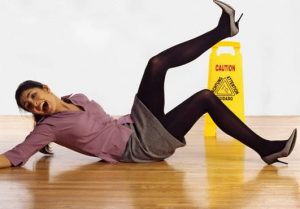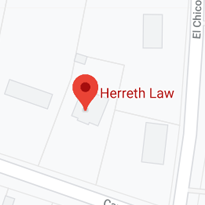 Largely for the reasons outlined below, almost two-thirds of nursing home residents sustain serious falls every year. In many cases, the injuries are permanent and these victims can never live independently again.
Largely for the reasons outlined below, almost two-thirds of nursing home residents sustain serious falls every year. In many cases, the injuries are permanent and these victims can never live independently again.
Due to the elderly population explosion, many nursing homes are constantly under construction. That means dangerous construction zones, debris on floors, and tools left on floors. Many older residents are unable to avoid these hazards.
Moreover, many older people suffer from Age-related Macular Degeneration. AMD blurs the straight-ahead vision that people need to maintain balance and see dangerous obstacles. As a result, the “open and obvious” defense, which comes up a lot in these cases, may not apply in these situations.
Duty
Owners are often legally responsible for negligent injuries which occur on their property. So, establishing the legal relationship between the owner and the victim is often the first step in a damages claim.
In Texas, nursing home residents are always invitees. These individuals have express or implied permission to be on the land, and their presence benefits the owner. Nursing home visitors are arguably invitees as well. Since their visits make residents happier, visitors indirectly benefit the owner.
If the victim was an invitee, the property owner had a duty of reasonable care. In other words, the owner must take steps to ensure that the premises are free from dangerous hazards that could cause falls.
Legally, other victims are licensees (permission but no benefit) or trespassers (no permission and no benefit). Owners have lesser responsibilities in these situations.
Knowledge
The existence of a legal duty is a question of law for the judge. Knowledge of the dangerous defect is a question of fact for the jury. Evidence of knowledge could be:
-
Direct: Weatherford personal injury attorneys often uncover “smoking guns” like internal memos or safety alerts during the lawsuit discovery process.
-
Circumstantial: In the absence of direct evidence, victim/plaintiffs may use the time/notice rule to establish constructive knowledge (should have known). Essentially, if a fall hazard existed for more than a short time, there is a presumption that the owner should have known about it and should have addressed it.
In court, victim/plaintiffs must establish knowledge by a preponderance of the evidence (more likely than not).
The Open and Obvious Defense
Some people are injured because they slip on colored liquid spills or trip over palettes in aisle. These kinds of hazards often give rise to the open and obvious defense. Basically, if the victim should have been able to avoid the hazard, the owner is not responsible for fall injuries.
But as outlined above, many nursing home residents cannot see hazards as well as many younger people. Additionally, some older people are unable to quickly alter their gait and avoid such hazards. If they attempt such emergency maneuvers, they will probably fall anyway.
So, the open and obvious defense often does not apply in nursing home falls, or if an older person was the victim.
Nursing home falls raise complex legal questions. For a free consultation with an experienced personal injury attorney in Weatherford, contact Herreth Law. We routinely handle matters in Parker County and nearby jurisdictions.

